when to travel and what to see and do
What’s the best time to travel to Argentina? It simply depends on your travel needs.
This guide will navigate you through Argentina’s seasonal perks, to make sure you arrive at the perfect moment for what it is you want to experience. Keep reading to discover when to explore the streets of Buenos Aires’ or trek your way through Patagonia with either the smallest amount of other tourists, or the best weather. In short, just the essential know-how to time your Argentine journey perfectly.
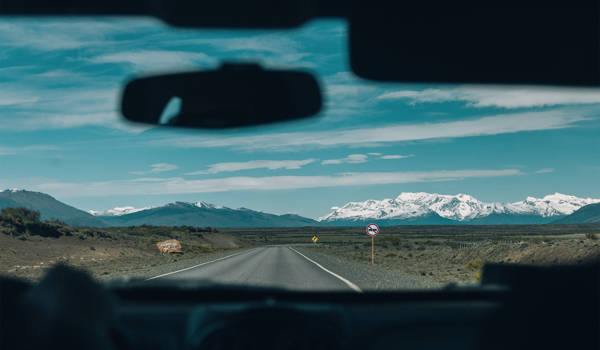
In brief: the highlights of Argentina
Picture yourself trekking through the wilds of Patagonia, spotting fluffy penguins waddling around – it’s like a nature documentary, but you’re actually in it. Then, imagine chilling in Buenos Aires, picking up some Spanish while you’re at it - you’ll be ordering empanadas like a local in no time.
Don’t forget to sip on some fine wine in Mendoza – it’s a vibe. And let's not forget about the Iguazú Waterfalls - as stunning as it gets. There is plenty more, as it's such a massive country.
When to visit Argentina (in short):
-
Argentina's seasons are topsy-turvy compared to Europe, meaning our summer months are the winter season in Argentina. This makes it perfect for a sunny getaway during November to March.
-
Argentina offers something different every season, with autumn being ideal for experiencing Mendoza’s vineyards (March to May), winter for Andean ski resorts (June to August), spring for the Lake District’s flowers and Buenos Aires mild temperatures (September to November), and summer for outdoor adventures in Patagonia (December to February).
-
Best times for visiting vary by region, including Buenos Aires (October to April), Patagonia (November to March), Iguazú Falls (late March to May or August to early October), and the central regions like Mendoza (October to April) for optimal weather and experiences.
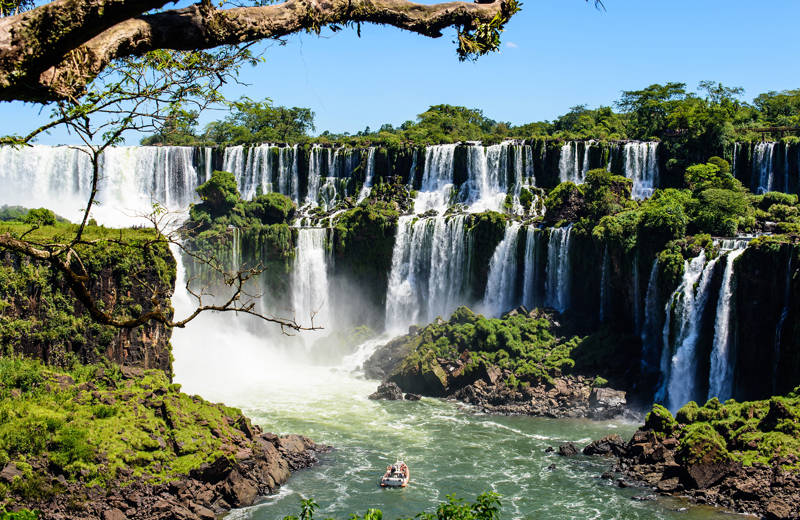
Seasonal Highlights for Your Argentina Itinerary
When planning to visit Argentina, timing is key. Each season reveals more across the country’s varied landscapes, from the shades of autumn in Mendoza’s wine valleys to the winter wonders of the Andean resorts. So, when’s the best time to visit? Let’s look into the details.
The best of autumn: March to May
Autumn in Argentina is a season of transformation, especially in the northern region of Mendoza. Here, pleasant temperatures meet little rain, creating a comfortable climate that attracts visitors from across the globe. Imagine walking through vineyards, their leaves painting a picture of gold and copper against the backdrop of the majestic Andes Mountains.
March to May is a time of celebration, with the Grape Harvest Festival adding to the liveliness of the region. A visit during these months allows you to experience Mendoza’s seasonal transformation and experience the full spectacle of autumn colors.
Winter wonderland: June to August
Winter in Argentina opens a snowy wonderland for skiing and winter sports enthusiasts, especially in the Andean resort towns. June, July, and August are the prime months for the ski season, offering a chance to slide your way down snow-covered slopes under a bright blue sky.
While winter attracts a high number of domestic tourists, it typically sees fewer international crowds compared to the summer. Beyond skiing, the winter months also bring a host of other winter sports and activities to enjoy, such as:
-
-
Snowboarding
-
Ice skating
-
Snowshoeing
-
Sledding
-
Snowmobiling
-
Mild Spring weather: September to November
Spring in Argentina is a time of rebirth and renewal. The Lake District, in particular, offers a stunning spectacle, with wildflowers carpeting the landscape from September to November. Buenos Aires, the country’s vibrant capital, features mild temperatures in November, perfect for enjoying the city and the full bloom of jacaranda trees.
This period offers a cooler environment, favoring travel plans that escape the heat of the peak summer months. With milder weather and reduced crowds during the rainy season, it’s an ideal time to soak in Argentina’s springtime splendor without the rush of the high tourist season.
Summer Heat: December to February
Summer in Argentina is a season of warmth and adventure. From December to February, the country basks in warm temperatures, with an average high around 28°C (82°F). These months also mark the best time to visit southern Patagonia and Tierra del Fuego, with optimal conditions for outdoor exploration.
In regions like Bariloche, extended daylight hours offer the perfect circumstances for hiking, mountain biking, and other exploration activities. However, be prepared for high temperatures and crowded tourist spots, as summer is a popular time for visiting Argentina.
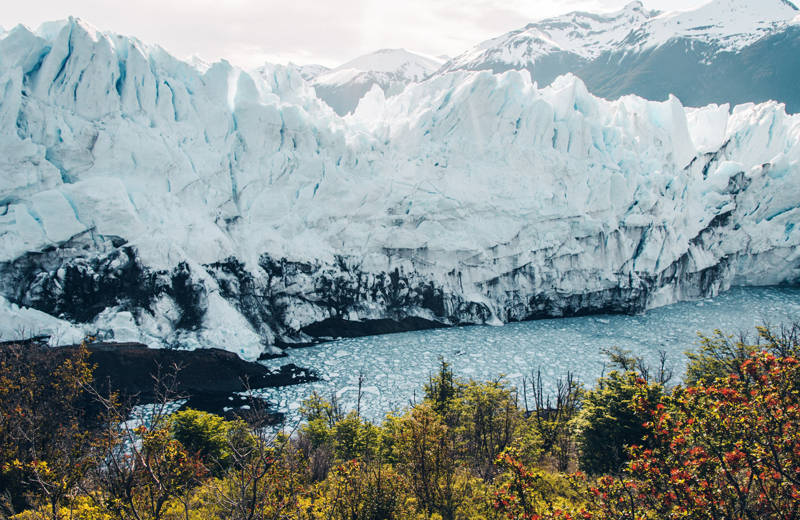
Regional Recommendations for Year-Round Travel
Argentina’s diverse landscapes offer a big variety of travel destinations, each with its own charm and ideal time of visit. Whether it’s the pulsating streets of Buenos Aires, the majestic peaks of Patagonia, or the thunderous Iguazú Falls, let’s take a look at a region-by-region exploration of this fascinating country.
The pulse of Buenos Aires
Buenos Aires, Argentina’s capital, is a city of rhythm and romance. While the city offers a lot to love all year long, the prime months for a visit are from October through April, with spring and fall offering moderate temperatures around 21°C.
Beyond its pleasant weather, Buenos Aires' cultural scene is worth checking out. The city features a packed calendar of cultural events, from tango competitions and rock concerts to festivals celebrating gaucho culture. Most notable are the Tango festival, which takes place in August of each year and is the biggest of it's kind - no surprise here!
Patagonia's peaks and plains
If you’re looking to visit Patagonia and experience a blend of adventure and natural beauty, you've hit the jackpot. The optimal time to visit is between November and March, when warmth and extended daylight hours create ideal conditions for adventure.
Summer in Patagonia not only offers pleasant weather conditions, but also the chance to witness a variety of wildlife, including whales, penguins, and sea lions. And if you seek peace and quiet, April and May offer a chance to enjoy the vivid autumn colors and experience Patagonia with fewer tourists, even though it's not a really touristy place to begin with.
The north: Iguazú Falls and beyond
The charms of northern Argentina are manifold, but Iguazú Falls takes center stage. The best time to visit these majestic falls is between late March to May or August to early October, offering less rainfall and comfortable weather for exploration.
For wildlife enthusiasts, the northeast region of Argentina promises an unforgettable experience. From capybaras and howler monkeys to over 300 bird species in the Iberá Wetlands, there’s a lot of wildlife to discover here.
Centrally located Pampas and wine country
Central Argentina, encompassing the Pampas and the country’s famous wine region, offers its own unique vibe. The best time to visit this region is between October and April, with spring and fall months providing exceptionally good conditions.
This central region is famous for its vineyards, particularly in the Mendoza region, offering wine tastings and tours against a backdrop of gorgeous mountains. Whether you’re a true wine connoisseur or simply enjoy a good glass or two (or three, or four, or, you know...), central Argentina is sure to delight your senses.
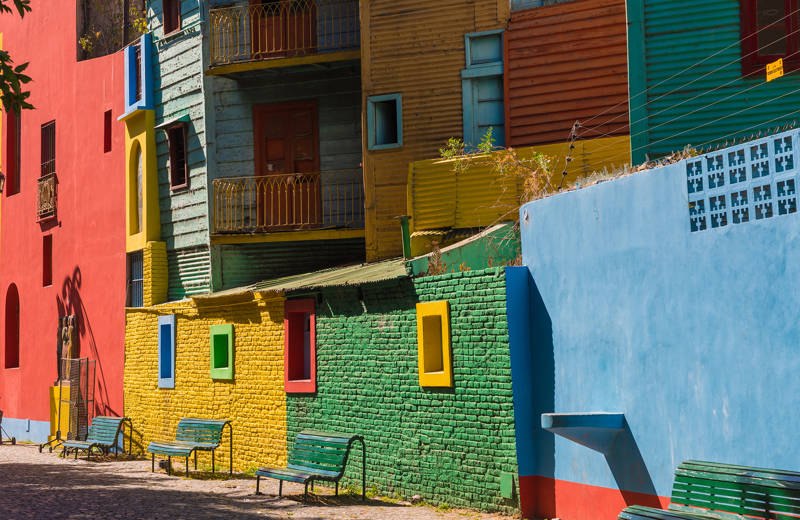
Tailoring Your Trip: Activities and Timing
Your journey to Argentina should be a reflection of your interests. Whether you’re an adventure seeker, a cultural connoisseur, or a wildlife watcher, Argentina has something for everyone. Let’s delve into some trip ideas to help you tailor your experience.
For the Adventure Seekers
For those who crave adrenaline and exploration, Argentina is a playground of adventure. With its vast landscapes and varied terrains, the country offers endless opportunities for hiking and outdoor activities. When considering the best time to visit Argentina for such pursuits, the months of March to April and October to November are ideal, avoiding the harsh weather extremes found in summer and winter. Argentina is a haven for thrill-seekers.
Places in Argentina that offer numerous hiking trails for adventure seekers include:
-
-
El Chaltén
-
El Bolson
-
Cerro Aconcagua
-
Bariloche
-
Cultural events
If you’re drawn to the rhythm and color of cultural experiences, Argentina won't disappoint. We've already talked about the Tango Festival in Buenos Aires, but the country's most important cultural happening is in Cosquín, near Cordoba. The Folklore Festival in Cosquín takes place every January, and lasts for nine whole nights, featuring all kinds of folklore music. To complement the authentic musical performances, there's plenty of amazing Argentinian food served as well, making the experience complete.
Wildlife in Argentina
Argentina’s diverse ecosystems are a paradise for wildlife watchers. From the hard-to-spot big cats of Northern Patagonia to the penguins of Peninsula Valdés, the country’s biodiversity makes it possible to spot a lot of unique wildlife - even if you're not really trying.
Peak seasons for wildlife watching vary by region (as you've read a little earlier in this guide), So if you’re keen on birdwatching in the Iberá Wetlands or spotting whales in Southern Patagonia, it’s essential to time your visit carefully to avoid any disappointments.
Planning your journey: practical tips and considerations
A well-planned journey ensures a smooth and memorable travel experience. When packing for your Argentina adventure, consider the country’s diverse climates. Pack lighter attire for summer and warmer clothing for winter, as Argentina’s seasons are reversed from the northern hemisphere.
Don’t forget to include the following items on your packing list for Argentina:
-
-
Necessary hiking gear and outerwear
-
Basic medications
- Comfortable footwear for walking
-
Imported brands can be expensive in Argentina, so it’s best to bring these items with you.
As for accommodations, consider travelling to Buenos Aires between April and June, a time when hotel occupancy is lower, to take advantage of discounted rates. The weather might be a little more hit-or-miss, but there will be plenty of good days. With these practical tips in mind, you’re well on your way to planning a successful trip to Argentina.
If you need help planning your itinerary and figuring out all the nitty gritty stuff - we'd love to help you out with that. Broadly tell us your plans, and we'll start crafting your journey. Simply reach out through the button below.
Tell us your travel plans
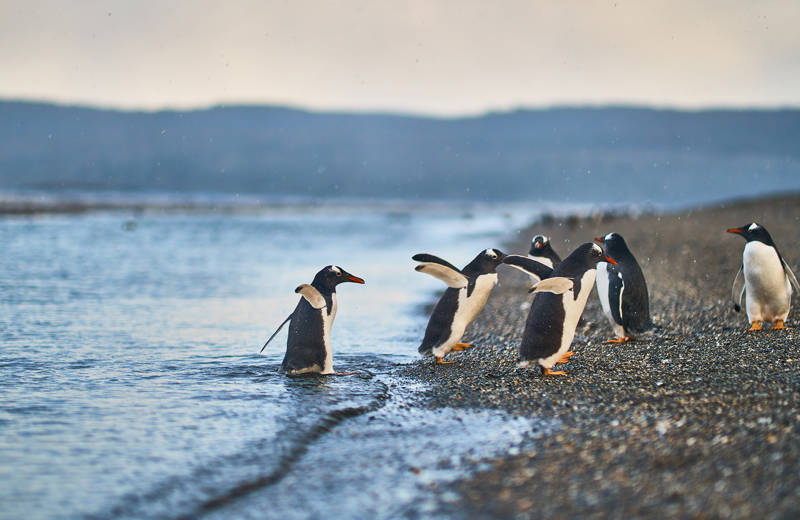
Got all the info you need?
From the vibrant city life of Buenos Aires to the serene landscapes of Patagonia, Argentina offers an array of experiences that cater to diverse interests. Whether you’re planning a wine tour in Mendoza, a hiking expedition in El Chaltén, or a cultural immersion in Buenos Aires, the key is to tailor your trip to your interests and plan according to the best times for each activity. With the right planning and timing, your Argentine adventure is sure to be an unforgettable journey.
Frequently Asked Questions
When is the best time to visit Argentina for skiing?
The best time to visit Argentina for skiing is during the winter months of June to August. Enjoy some amazing skiing during this period!
What is the ideal season to visit Buenos Aires?
The ideal seasons to visit Buenos Aires are spring (October/November) and fall (March/April). These months offer pleasant weather and are perfect for exploring the city and its attractions.
When is the optimal time to visit Patagonia?
The optimal time to visit Patagonia is from November to March, as the weather is milder and more favorable for outdoor activities.
What is the best time for wildlife watching in Argentina?
The best time for wildlife watching in Argentina is generally from April to November, offering a good chance to view unique wildlife.
What should I pack for my trip to Argentina?
Pack season-appropriate clothing, hiking gear, basic medications, and a universal power adaptor for your trip to Argentina. Comfortable and practical clothing is a must for extensive walking.

